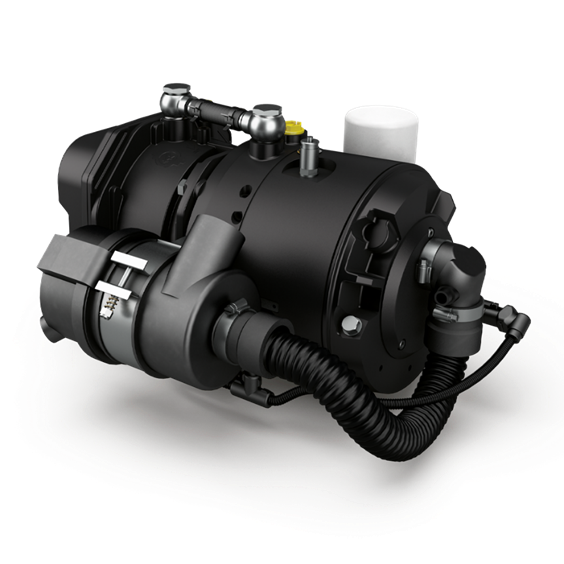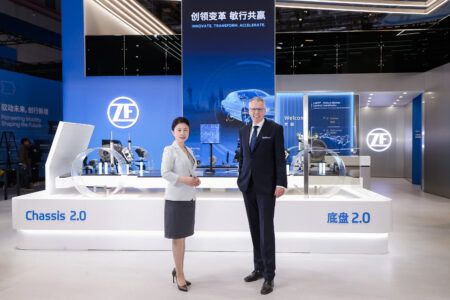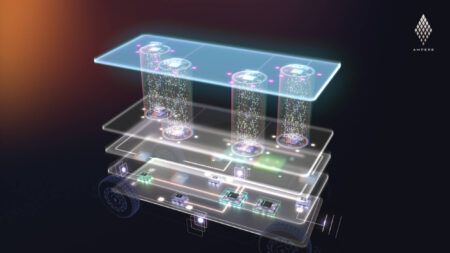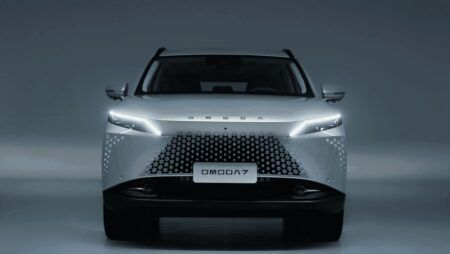The TX01 compressor’s rotary vane technology is suitable for hybrid, fully electric and fuel cell vehicles, with a reduction in airend weight of just 18kg wet and clocking in at 40kg overall, reaching variable speeds between 1400-3500 rpm.
Rotary vane technology is relatively simple when it comes to servicing and maintenance due to fewer moving parts, as well as market-leading energy efficiency. This is a marked improvement on the TX02, which offered an airend weight of just 21kg (46lb) wet, with a total package weight of just over 43kg (94lb). In free field noise tests, the TX01 recorded a noise level of 69dBA and below at a distance of 1m. This means the TX01 can be installed adjacent to the passenger cabin. The TX01 also delivers pulsation-free air.
“The TX01 is now much smaller when compared to earlier models, reflecting the need for simpler and lighter compressors on today’s hybrid, fully electric and fuel cell trucks and commercial trucks,” said Jonathan Marsh, director of e-Mobility at Gardner Denver.
The electrification of commercial trucks and buses is key to a sustainable transport industry and it places far greater demand on a vehicle’s ancillary equipment. This is especially true for the onboard compressor, which is responsible for so many critical systems. Compressed air is a key component for the safe and reliable function of pneumatic brakes, suspension, kneeling and door operation systems in larger commercial vehicles.
The TX01 has an integrated motor inverter as well as software and electronic capabilities that can integrate within EV architecture. This integrated offering is also useful for operators that are electrifying their existing fleet. It is also modular, meaning it can be installed as a ‘plug and play’ solution with minimal disruption to a vehicle’s layout. “Our team of engineers have reappraised the basic design of the TX series in line with customer requirements for an easily integrated compressed air solution,” said Marsh, adding, “We will continue to drive forward what’s possible from pneumatic technology, in turn making it easier for OEMs and operators to transition to greener methods of transport”.





